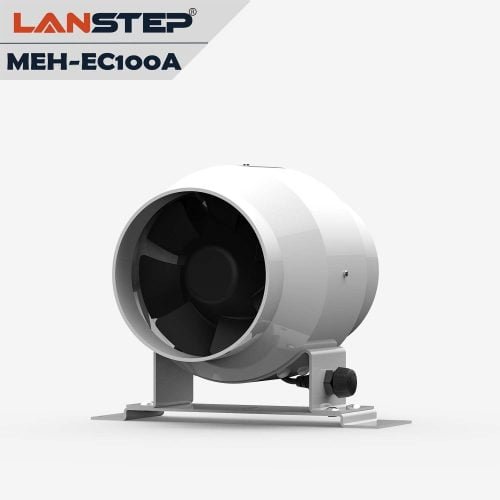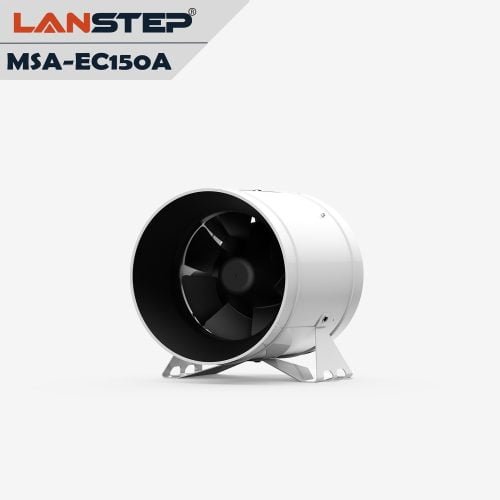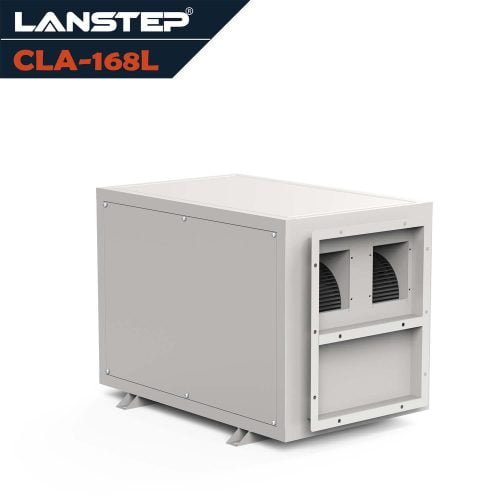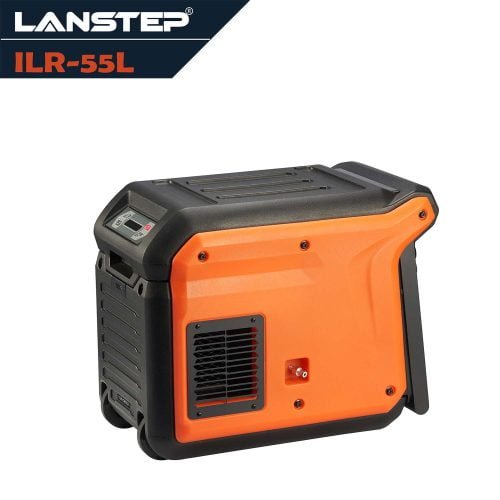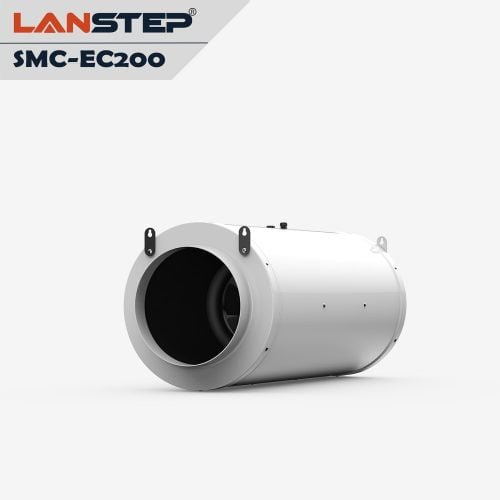Introduction
In our daily lives, whether at home or in the office, fresh and clean air is vital for our health. Especially in enclosed spaces, good air circulation is essential for removing bad odors and controlling humidity, thus creating a comfortable environment. However, the key device for achieving this goal — the inline fan — often comes with a common issue: noise.
The Noise Issue with Fans
While inline fans are efficient in ventilation, the noise they produce during operation is frequently a subject of complaint among users. In a home environment, a noisy fan can disturb rest or family activities; in an office setting, high noise levels can impact work efficiency and cause discomfort. Therefore, finding an inline fan that is both efficient in ventilation and maintains a low noise level has become a common need for many homeowners and businesses.
Noise Measurement and Standards
Noise from fans is quantified using decibels (dB). Different types of fans have significant variations in noise levels. For example, some industrial-sized fans may have noise levels as high as 75 dB or more, while some inline fans designed for low noise can be as quiet as 25-30 dB, which is almost imperceptible in a home or business environment.
Finding the Quietest Inline Fan
In the market, there are various types of inline fans, differing in design and manufacturing, leading to variations in noise levels. When looking for the quietest inline fan, it’s essential to consider the overall design of the fan, the materials used, and the type of its power system. Some high-end brands have considered noise issues in their design, incorporating advanced noise reduction technologies such as special blade design and noise-reducing motors to achieve quieter operation.
How to Reduce Fan Noise
For fans that are already installed, there are several methods to effectively reduce their noise. For example, using duct silencers or mufflers can effectively reduce the noise produced during fan operation. Additionally, improving the insulation of ducts can also reduce noise, such as using soundproof materials to wrap the ducts. Furthermore, installing speed controllers to reduce the fan’s operating speed is also an effective way to decrease noise.
Noise Considerations for Specific Uses
In certain environments, such as cannabis grow rooms or offices requiring high privacy, choosing a low-noise fan is particularly important. In these settings, excessive noise can attract unwanted attention and may impact work or production efficiency. Therefore, in these special applications, choosing an efficient and low-noise inline fan is crucial.
Recommended Quiet Fans in the Market
Several quiet inline fans are widely recommended in the market, especially the LANSTEP SMC series. These fans use advanced EC motor technology, which allows them to maintain efficient ventilation while controlling noise at a lower level. The SMC series fans are designed with noise considerations in mind, using special soundproofing materials and optimized blade design to achieve better quiet performance. When choosing these fans, it’s important to consider not only their noise level but also their durability, energy efficiency, and ease of installation and maintenance.
Conclusion
In summary, choosing a suitable quiet inline fan is very important. A good fan can not only effectively improve air quality but also operate without disturbing daily life and work. When selecting a fan, it’s important to consider its performance, noise level, and price to find the product that best meets your needs. Finally, for both homes and businesses, an efficient and low-noise inline fan is a worthwhile investment.





